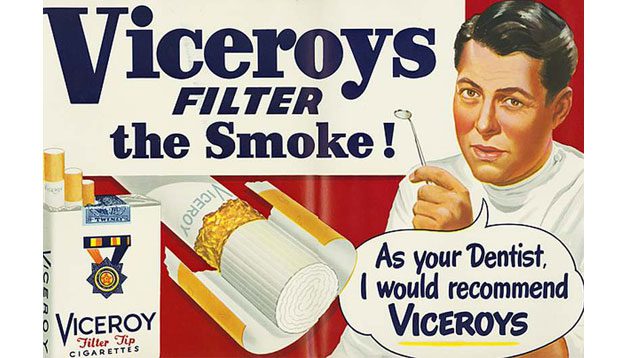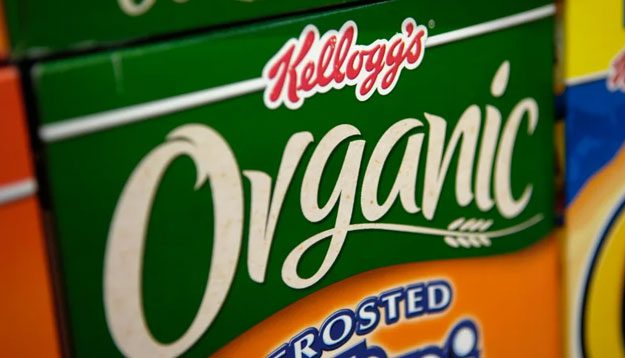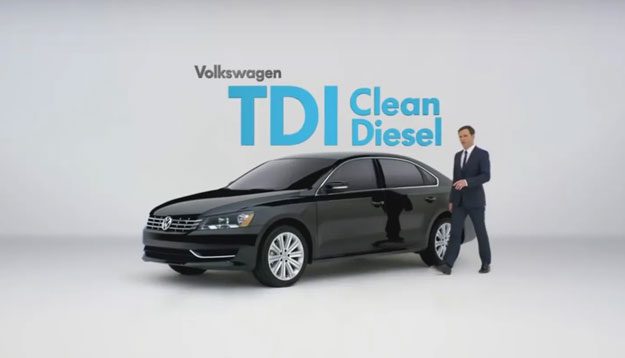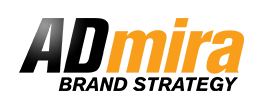A tiny mini-skirt, a biscuit overflowing with chocolate, a hamburger larger in the photograph than in reality, an exaggerated, oversized phrase, vibrant color images, etc.
The above are some examples of resources that have been used in design by companies to gain market share, although in a questionable way.
Marketing and advertising are essential elements of almost every business. They are what help people to get to know each other:
- That they allow us their attention.
- Understand what benefits we offer you.
- That they know where to shop
But what is it like when communication crosses that almost invisible line of what is true or possible and becomes a lie?
- When the supplement does not achieve the health benefits as advertised.
- When the hostess in her mini dress took me to buy a smart phone and an overpriced plan that will tie me down for two years.
- When the actual portions in the restaurant are not the same size as advertised.
- When the health risks of energy drinks are not clearly informed.
- When the bank in half-truths conjures incomprehensible traps.

It is true that the communication elements must enhance the messages.
But in our view, the best marketing or advertising processes are to a good cut of meat what salt, pepper and fire are to a good cut of meat.
It is to enhance its qualities. Balancing all the elements to obtain the best result.
Why, what happens if you over salt a good cut? Or overcook it? Everything goes to waste.

In business, the nightmare would be when people start to realize the truth.
When negative comments about the brand among people and in the networks become unstoppable.
Cuando se reducen y reducen las ventas, sin parar.

Cassie Riley in her article “20 Examples of Unethical Advertising 2022” begins with a clear sentence: There is a world of difference between talking a good game about your product or service and being misleading or offensive.
And in this sentence he is right.
Certain types of entrepreneurs and advertisers tend to use poor marketing and advertising practices to boost their sales, penetrate a market and achieve their intended business results.
They can achieve it.
But the cost can reflect on your own consumers:
- On your health, because foods contain excess sugar, salt or trans fats.
- In their daily life, because the product they bought as magical and durable broke or stopped working a few days later.
- In its transportation, when the vehicle started to give mechanical problems that deceptively are not covered by the warranty policies.
The examples are countless.

And what can happen after a group of consumers realizes the lie? Word gets out, the complaint is posted on the networks: the brand falls apart.
And we can remember the lies of Volkswagen and its catalytic converters, Uber’s prices rising in certain circumstances, and McDonald’s reducing its portions, not equal to the images in the ads.
That they may have had an advantage by lying? Possibly, but what was the cost when they were discovered?
- Losing market
- Losing money
- Closing…

The best marketing that builds reliable and fluid bridges between companies and consumers.
In our opinion, it is more profitable in the long term:
- Offer high-quality products or services
- Enriching the consumer’s judgment through useful information
- Being easy to find
- Advertising without overwhelming people
- Attending and guiding people in a friendly and truthful manner.





